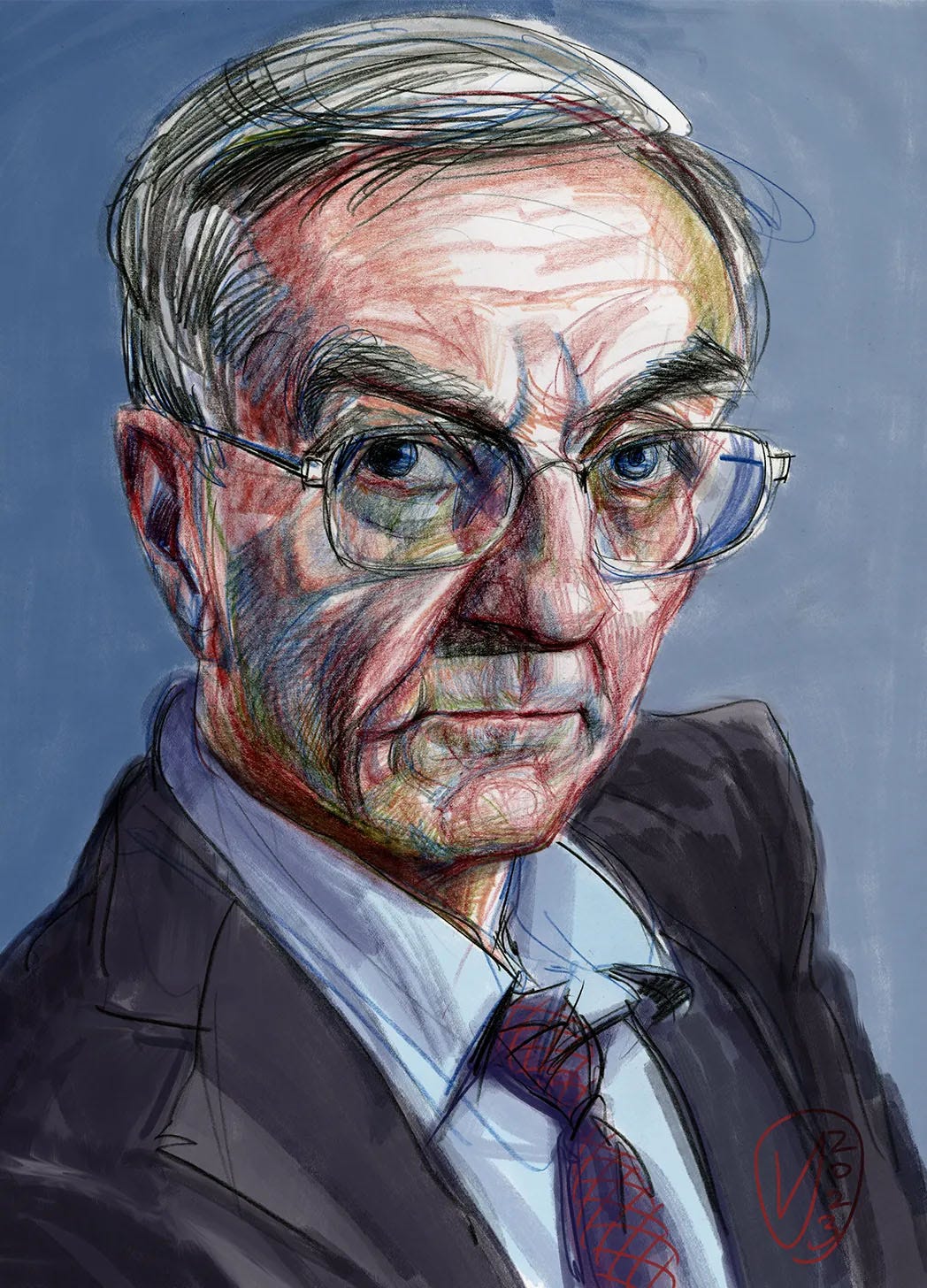Two years before Bob Woodward and Carl Bernstein started banging out their first stories on the Watergate break-in, Seymour Hersh won a Pulitzer Prize. His investigative reporting on the My Lai Massacre – where American soldiers gunned down hundreds of Vietnamese civilians during a search-and-destroy mission in 1968 – was legendary.
But both Life and Look magazines initially passed on his My Lai piece, as did the New York Times. They wanted nothing to do with a story about a massacre committed by American soldiers, Hersh concluded. It was finally syndicated by a small, antiwar start-up called Dispatch News Service. The five-part series became so successful, Hersh got offers to write two books and, ironically, join the staff at the New York Times.
When I met Hersh in 1984, I have to admit I was starstruck. I was 26 and working on my first assignment for the LA Weekly: a one-year anniversary story on the Soviet downing of Korean Airliner 007. Hersh was dogging the same story and had recently flown to the USSR to interview Chief of the General Staff Marshal Nikolai Ogarkov and other Soviet insiders.
LA Weekly Editor Jay Levin was convinced of a conspiracy theory in which President Reagan let KAL 007 wander over military installations on the Kamchatka Peninsula so U.S. intelligence could analyze Soviet defenses – 269 passengers be damned. It was a narrative the Soviets were pushing. As I reported earlier this month, he wanted Australian journalist David Hirst and me to find the smoking gun.
All Hersh would tell us, on the fly in some Los Angeles hotel lobby, was he wasn’t finding any conspiracy. Ogarkov and Deputy Foreign Minister Georgi Kornienko had provided absolutely no evidence to support their theory that Flight 007 was a deliberate intruder.
In a 1986 article in The Atlantic, Hersh wrote that his Soviet sources wanted him to find that same smoking gun. Kornienko stated straight up that he and Ogarkov “had agreed to my visa in the hope that they could persuade me, as a journalist, to investigate the Central Intelligence Agency’s role in the shootdown,” Hersh wrote. “I asked Kornienko with a laugh whether he was trying to be my editor. His response came in English: ‘Your assignment is to find that it was an intruder.’ ”
Hersh was certainly no stooge for the Russians back then. His book, “The Target is Destroyed,” was decidedly non-conspiratorial. But last month, at age 85, he once again stirred the pot with a self-published (Substack) whopper entitled, “How America Took Out The Nord Stream Pipeline.” Like his work on My Lai, it’s a story mainstream media don’t want to print.


